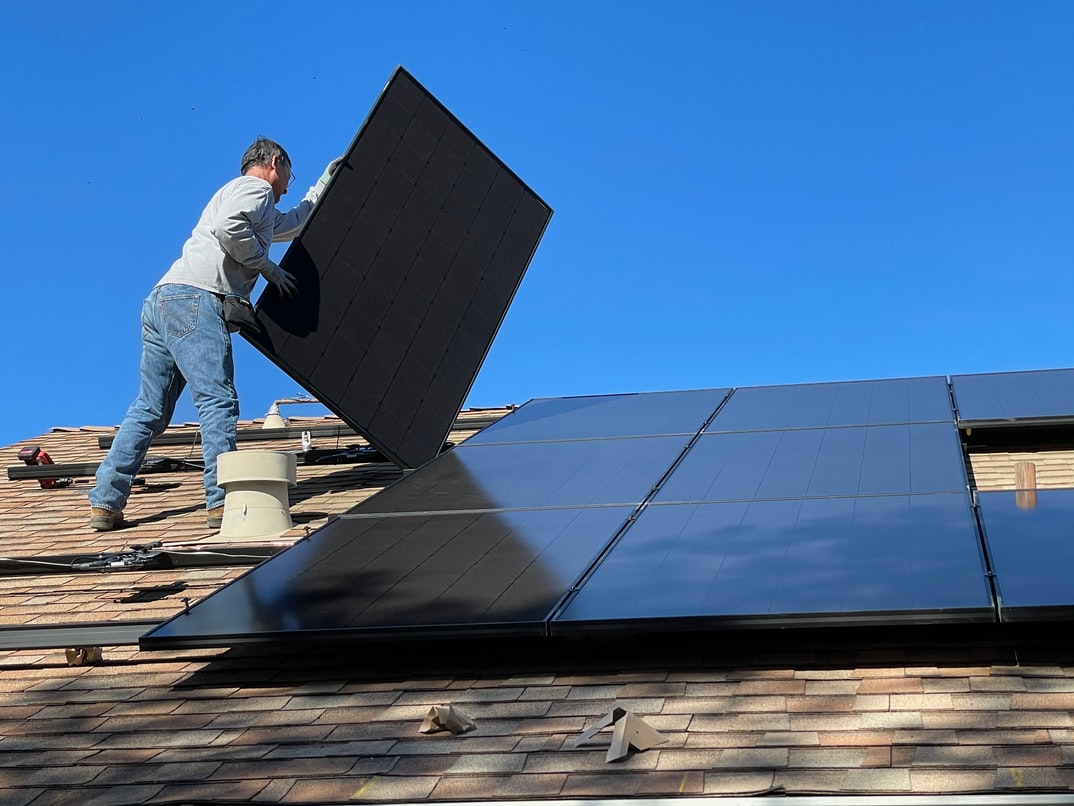I’d like to think that having a green thumb is a lifestyle choice. Gardening has been a big part of my life. So, when I had to live in an area with no garden-space, I took my gardening indoors! Do you want to know how I did it? Read on to get some of my tips on how you can create your very own indoor garden.
Space and Time
When making the decision to create an indoor garden, make sure you’ve got two things ready: space and time. You will need time in preparing and maintaining your garden. The garden will also need your patience and basic knowledge of irrigation and soil.
Of course, you’ll need a spot indoors dedicated to your garden. It can be a window sill or your kitchen counter. Terrariums, planters, and window boxes are good options in keeping your space maximized.
Assess Your Lighting Options
While natural lighting is the way to go for your flora, it doesn’t just flood in into every nook and cranny of most houses. But, this lack of sunlight isn’t much of a problem for your plants. Fluorescent light is an applicable substitute for sunlight. Fluorescent tube combinations will help you yield excellent results. Check out this G8 LED grow light review if you’re looking for a decent artificial lighting option).
But if at all possible, be sure to get your plants some exposure to sun rays at some point during the day.
Decide What Your Plants Will Grow In and Where
Let your creative skills kick in: Glass jars, plastic cups, and bottles, a wooden trough or the traditional ceramic pots are some viable options. Your choice will be made on the basis of the typical full growth size of your plants.
Be careful about where you are going to place your containers. A tabletop that could easily be damaged by moisture will require a full proof plan like a shallow drip container to line its bottom to prevent its base from becoming damaged. Planting in hanging pots is a space-saving and aesthetically pleasing way to develop your garden.
Fulfill the Soil Needs
Make sure your soil allows water to flow through. You can use a potting mix that is full of minerals and nutrients so that the plants can absorb them better. The water also permeates through a potting mix better than it does in garden soil.
However, potting mixes dry out quicker than regular soil so you should carefully consider setting a watering schedule. Use mulch to cover the soil as it helps in keeping your plants healthy, maintain optimal temperature and prevent water from evaporating so your plants won’t go thirsty.
What to Grow?
Could there be a more important step? Deciding what to grow can be the basis of all your other decisions. You could decide on a particular cooking ingredient your kitchen can’t go without, like basil or cilantro. Mint is also an option as this herb can persevere in rather difficult conditions, while it could also take over the whole area where it has been planted.
Regardless of what you choose, it must fulfill the fundamental requirement of being able to grow indoors.
Seeds or Seedlings?
This is an important question to answer. Starting from scratch can sometimes be a difficult process. It can be carrying the possibility of total failure, so it might be preferable to start off with seedlings that are easily available at local gardening stores. Consider whether the plant you wish to grow transplants well or if you want it matured within a short time period. This isn’t to discourage you from starting with seeds – but you’ll need some gardening experience for this.
Mark Your “Crops”
Seemingly unimportant but this step is a lifesaver for gardeners. Mark your plant(s) with its name, time of plantation , and watering times. This will ensure systematic management of your garden by tracking each plant’s individual growth. This will give you the ability to make comparisons with the experiences of other people.
Temperature and Humidity
65-75 degrees Fahrenheit is the ideal temperature for most plants. If you prefer your home at a warmer temperature, you can consider plants that thrive in a warm environment like a desert or tropical natives. The plants require different levels of humidity depending on what stage of growth they are at. Excessive humidity is an invitation for molds and pests. Invest in dehumidifiers if you live in an excessively humid area.
In conclusion…
Having an indoor garden is beneficial to your health and it can be a therapeutic experience, one you will surely enjoy and suggest. You’ll see that many of the guidelines use common sense and are things you would consider even if you were gardening outdoors. In this case, you’ll need to consider specific conditions imposed by an indoor environment. So if you now feel confident in starting your own indoor garden, get your green thumbs ready and start planting!




 POSTED BY
POSTED BY 

